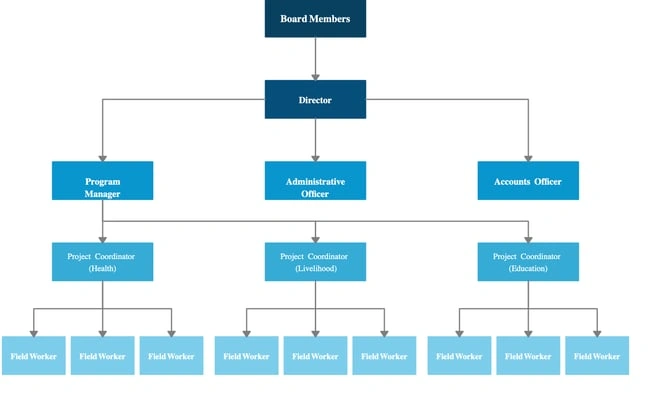
Navigating Employment Termination: Essential Tips for a Smooth Process
The process of terminating an employee can be challenging for both employers and employees. To ensure a smooth and legally sound employment termination process, it is crucial to follow best practices and adhere to established guidelines. In this article, we explore key tips for navigating the complexities of employment termination, providing insights for a more seamless transition.
Understanding Legal Requirements: A Foundation for Compliance
Before embarking on the termination process, employers must have a solid understanding of the legal requirements surrounding employment termination. Employment laws may vary, and compliance is essential to avoid legal ramifications. This includes adherence to notice periods, severance pay, and considerations related to the specific circumstances of the termination.
Effective Communication: Transparency is Key
Clear and transparent communication is paramount during the termination process. Employers should communicate the reasons for the termination openly and professionally, providing the employee with a clear understanding of the decision. Compassion and empathy in communication can help alleviate the emotional impact on the departing employee and contribute to a more amicable resolution.
Establishing a Consistent Process: Fair Treatment for All
Consistency is a cornerstone of a fair and legally defensible termination process. Employers should establish clear procedures for handling terminations, ensuring that all employees are treated fairly and equally. Consistency not only minimizes the risk of legal challenges but also fosters a workplace culture built on trust and fairness.
Documentation: A Shield Against Legal Challenges
Thorough documentation is a critical aspect of the employment termination process. From performance evaluations to any disciplinary actions taken, maintaining a detailed record helps substantiate the reasons for termination. This documentation can serve as a shield against potential legal challenges and provides a comprehensive trail of the employment history.
Offering Support Services: Softening the Impact
Termination can be emotionally challenging for the employee, and offering support services can help soften the impact. This may include assistance in job placement, career counseling, or access to employee assistance programs. Providing a supportive environment during the transition reflects positively on the employer and can contribute to the employee’s overall well-being.
Compliance with Company Policies: Upholding Internal Guidelines
In addition to legal requirements, employers must ensure compliance with their own company policies. These policies may include specific procedures for terminations, including any required documentation, approval processes, and communication protocols. Adhering to internal guidelines reinforces organizational values and expectations.
Security Measures: Protecting Company Assets
As part of the termination process, employers should implement security measures to protect company assets. This may involve revoking access to company systems, retrieving company property, and addressing confidentiality concerns. Taking proactive steps in this regard safeguards the organization and mitigates potential risks.
Post-Termination Communication: Managing the Aftermath
Effective post-termination communication is essential for managing the aftermath of the termination process. This includes communicating the departure to the remaining staff, addressing any concerns or questions, and maintaining a professional and respectful tone. Handling post-termination communication with care contributes to the overall morale and perception of the organization.
Employment Termination Process Tips Link: Highpoint Family Law
For additional insights and comprehensive guidance on navigating the employment termination process, consider exploring Employment Termination Process Tips. This valuable resource provides expert advice and practical tips to assist employers in handling terminations with professionalism, legality, and empathy.









